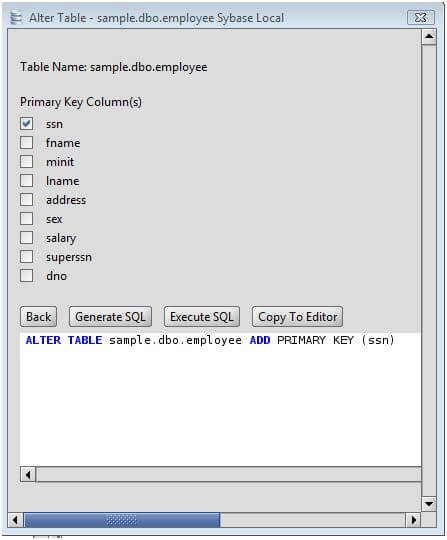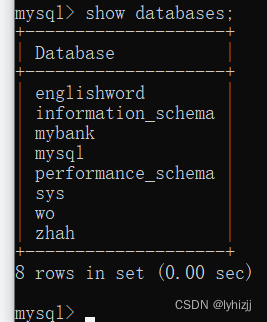

Rules to observe when designating a Primary Key In some cases, using a surrogate key (an artificial, system-generated identifier) may be the best option, as it ensures uniqueness, stability, and simplicity while separating the primary key from any meaningful data. Duplicates or null values: A bad primary key would allow duplicate or null values, making it difficult to uniquely identify records and maintain data integrity.When designing a database schema, carefully consider the choice of primary keys for each table, keeping in mind the characteristics of a good primary key and the pitfalls to avoid.Composite keys with too many columns: While composite keys can help ensure uniqueness, using too many columns can complicate queries and negatively impact performance.

Sequentially generated values with predictable patterns: While auto-incrementing integers can be convenient primary keys, they may not be suitable for all scenarios, especially when security or privacy is a concern, or when distributed databases are involved.Large or complex data types: Using large or complex data types (e.g., long strings, large numbers, or binary objects) as primary keys can negatively impact database performance due to increased storage requirements and slower indexing.This data might change over time or may not be unique, which can lead to integrity issues. Meaningful data: Using a column with meaningful data (e.g., Social Security numbers or email addresses) as the primary key can be problematic.Large or complex primary key values can slow down database performance.



 0 kommentar(er)
0 kommentar(er)
